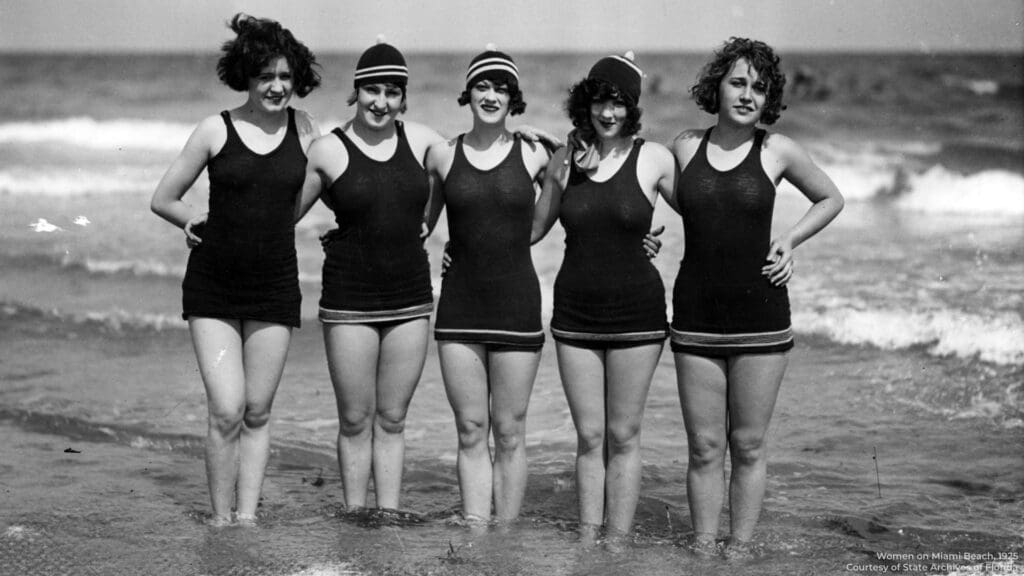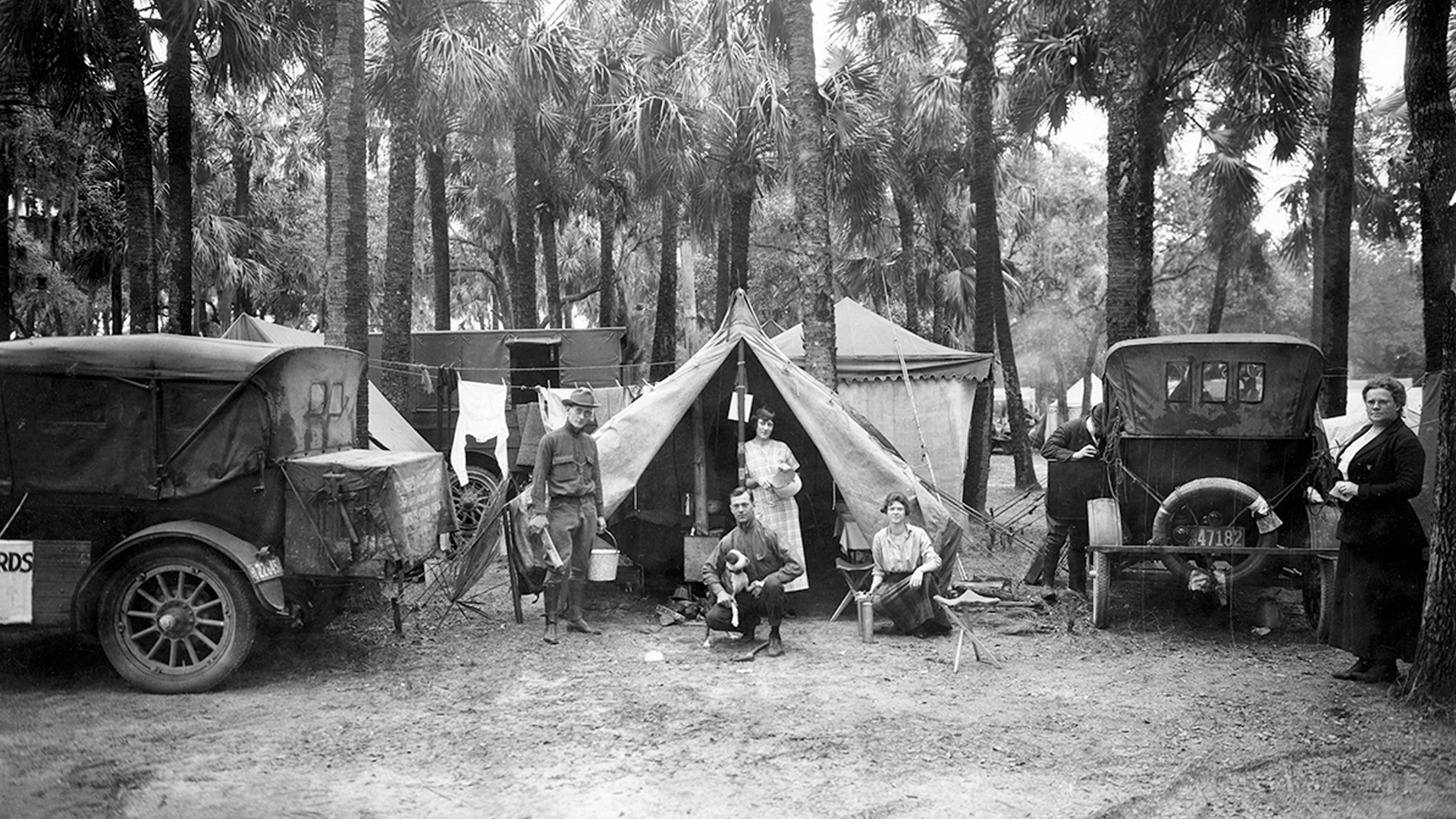‘Decade of Change: Florida in the 1920s’ opens Nov. 4

Bootleggers flooded cities with prohibited booze, flappers danced to jazz, and workers erected bungalows and Mediterranean Revival-style suburban homes in Florida in the 1920s. However, the experiences of riotous intemperate outlaws, dance champions, and sprawling suburbs were not the be-all and end-all of Florida’s first modern decade. Florida’s Jim Crow system was violently enforced, and a fundamentalist Christian religious revival movement swept the state and the broader U.S. during the decade. In short, a lot was going on in Florida in the 1920s.
Want to learn about these things and more? If your answer is yes, you are in luck! On Nov. 4, 2023, the Tampa Bay History Center will unveil Decade of Change: Florida in the 1920s. This exhibition will provide a glimpse of the fashion, music, architecture, politics, and religious trends that defined Florida in the 1920s.
Decade of Change will have many interesting objects on display, including swimsuits. In the 1920s, bathing suit designers ditched stockings and bloomers and exposed parts of the knee and lower thigh, much to the chagrin of the American Association of Park Superintendents, which issued Bathing Suit Regulations in 1917 that stated swim skirts could be no more than two inches above the knee. Down in Miami, Jane Fisher, the wife of developer Carl Fisher, credited herself with bringing fabric-light suits to the beach. An avid swimmer, she detested bulky swimwear. She wrote that after wearing a new-fangled suit in South Florida, “not a black cotton stocking was to be seen on the beach.” Along with bathing attire, Decade of Change will have objects that tell the story of Prohibition. The state of Florida legally went dry in 1919, a year before nationwide alcohol prohibition. Yet even before that, local and statewide laws caused many counties to go dry between 1900 and 1918. Objects in the show that tell this story include a pro-Prohibition Polk County newsletter and photos of Tampa judge Leo Stalnaker, a staunch Prohibition champion.

![The Pepsi Cola Giants were a "Negro League" team that played in Florida and Cuba in the 1920s and beyond. This photograph of the Giants in front of their bus was taken in 1940. [Tampa Bay History Center Collection]](https://tampabayhistorycenter.org/wp-content/uploads/2023/10/pepsi-giants-1920x1080-1.png)

